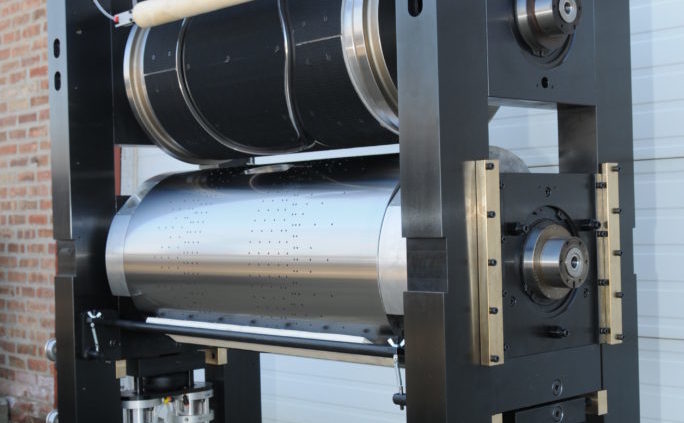Your Guide to Cutting Die Reverse Engineering
Consumers requirements and business approaches are ever changing. Reverse engineering plays a crucial role to keep pace with these changes and ensure continued development, especially in the production process. But, what does this process entails? How can it help? Here is your quick guide to cutting die reverse engineering.
Reverse engineering looks into the physical components and functionality of a thing to create a duplicate or to recreate it. Similarly, this special engineering with your cutting dies involves duplication of existing component and redesigning the same to make new ones to comply with new conditions.
International Cutting Die (ICD) has state-of-the-art machinery to conduct quality reverse engineering processes that produce quality outputs. Our seasoned engineers are capable not only of duplication, but also of creating or adding new features to the new components. It is advantageous for the introduction of new product specs or requirements.
What happens during the process?
We make use of your existing components that needs upgrading or recreating as part of your maintenance or change in the business requirements. The key to a successful and quality process is a thorough reproduction. It entails a comprehensive or detailed examination and analysis of your existing tools. Once the examination is satisfactorily done, our engineers and designers will lay out a plan for an accurate duplication of your die and stations.
Why go for cutting die reverse engineering?
- Update outdated equipment
The business backdrop is always changing, requiring businesses to adapt to the shifting needs. Reverse engineering is a fast and relatively easier solution to keep up with the transformations in the industrial environment. That is, it enables you to update or reconstruct your outdated equipment to accommodate business changes.
- Discover machine flaws
The reverse engineering process gives you the opportunity to intensively check into your cutting die. It provides an opportunity to examine the flaws and vulnerabilities of the die, which is useful to ensure that the reverse-engineered component is devoid of these faults. This likewise brings your attention to your other cutting dies to check whether they have the same issues.
- Cost-effective innovations
One of the biggest advantages of reverse engineering is that it supports inexpensive innovations. The process helps you create innovative machineries without the expensive capitalization needs as you don’t actually have to start from scratch. You can utilize the existing components to create new ones that are specific to your needs.
Know more about our cutting die services. Reach to us!



